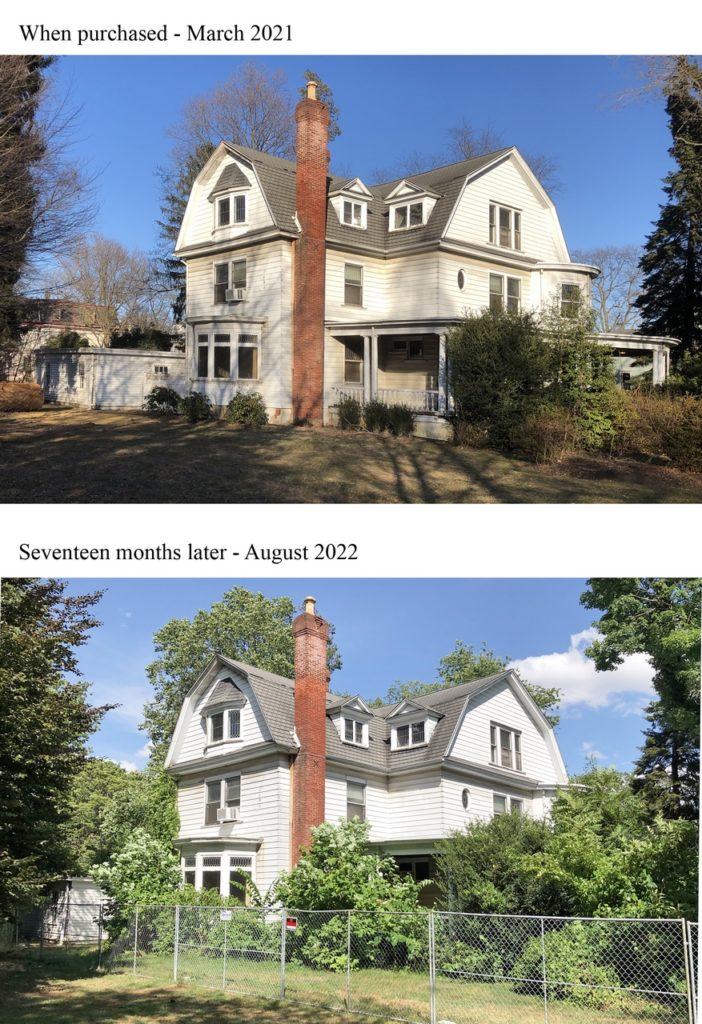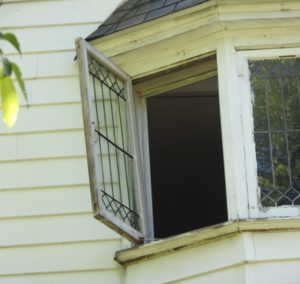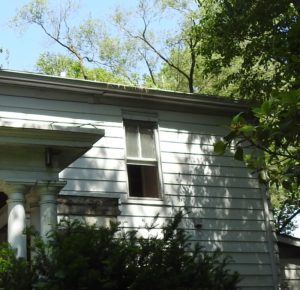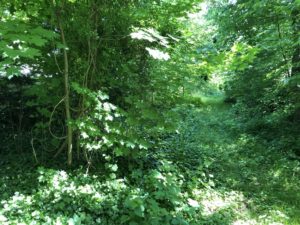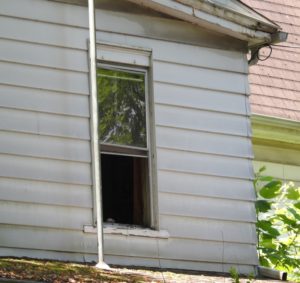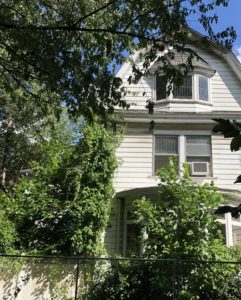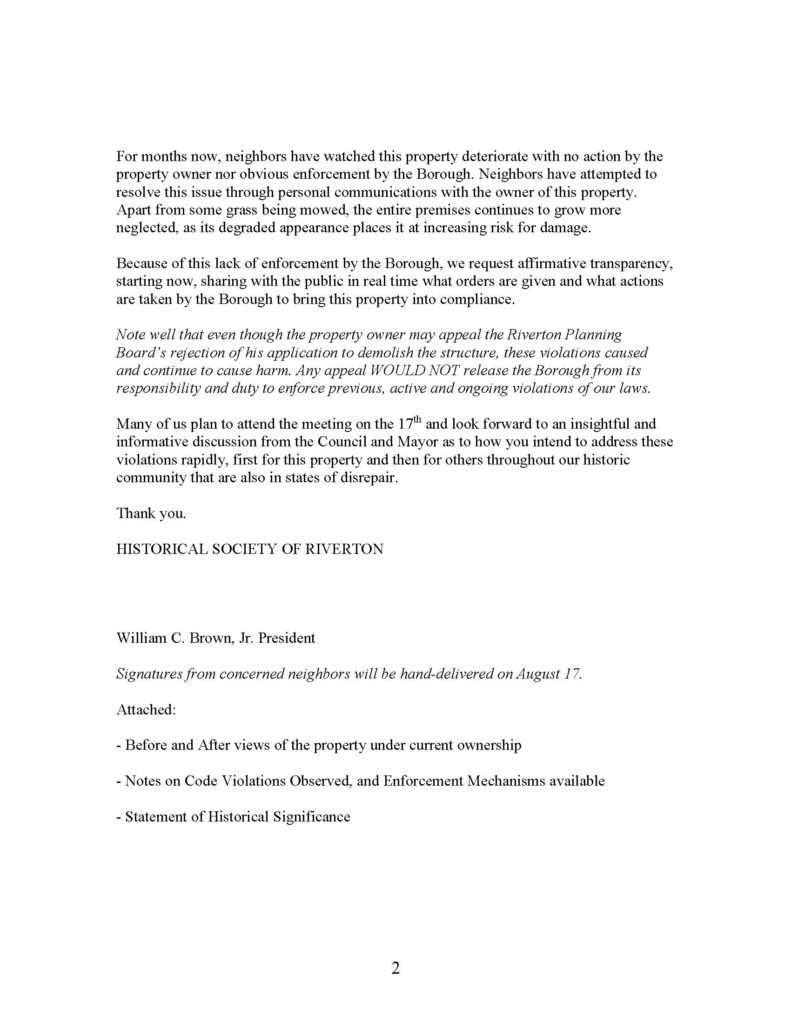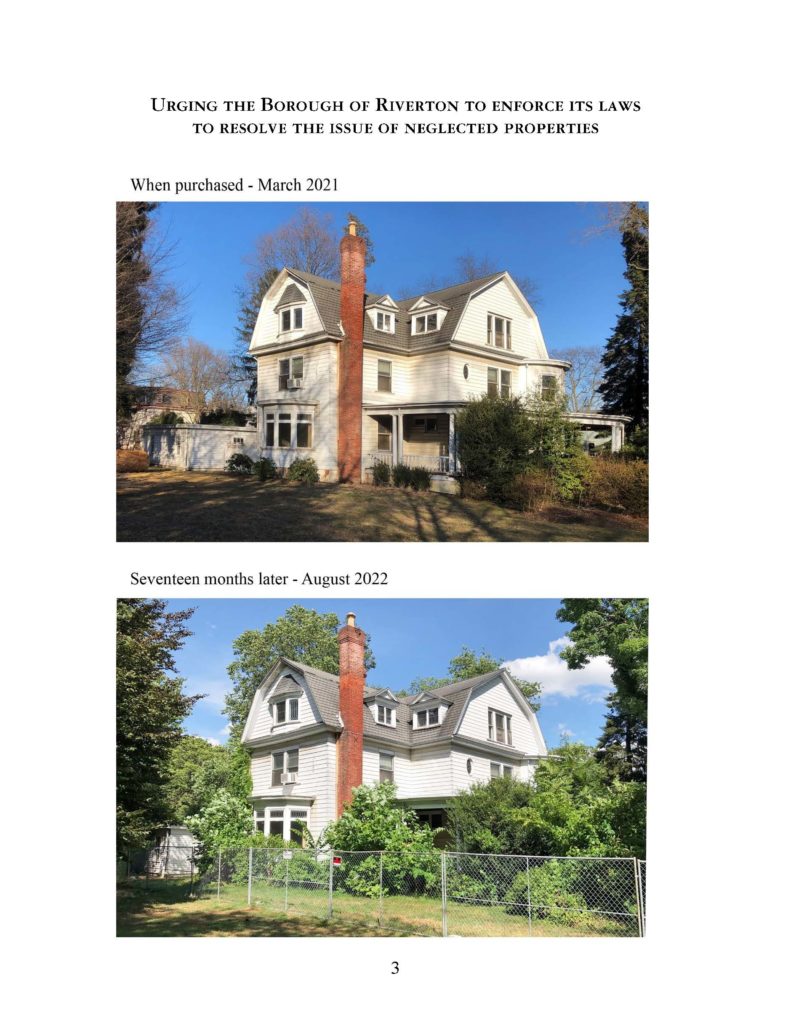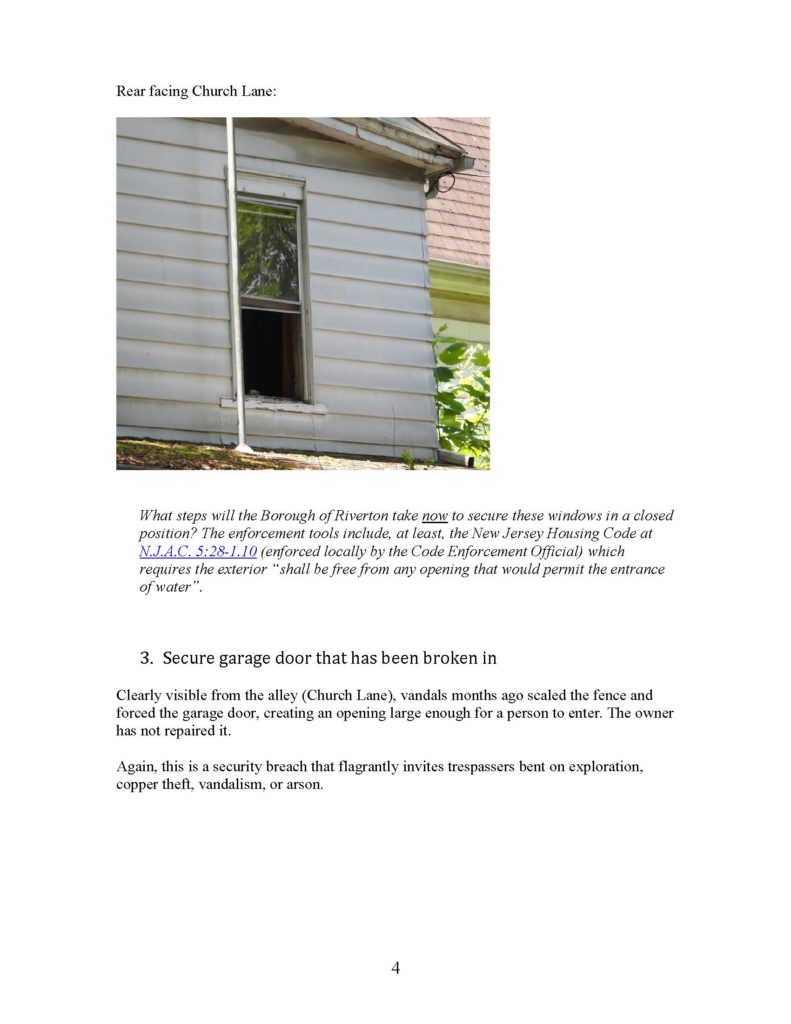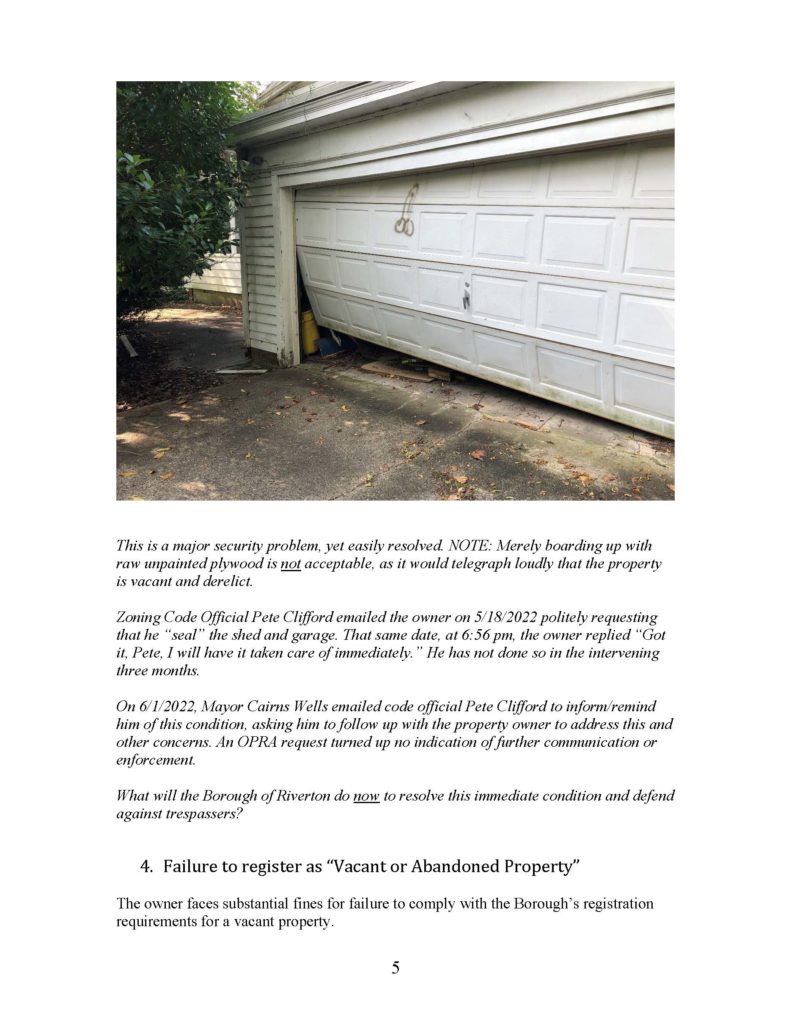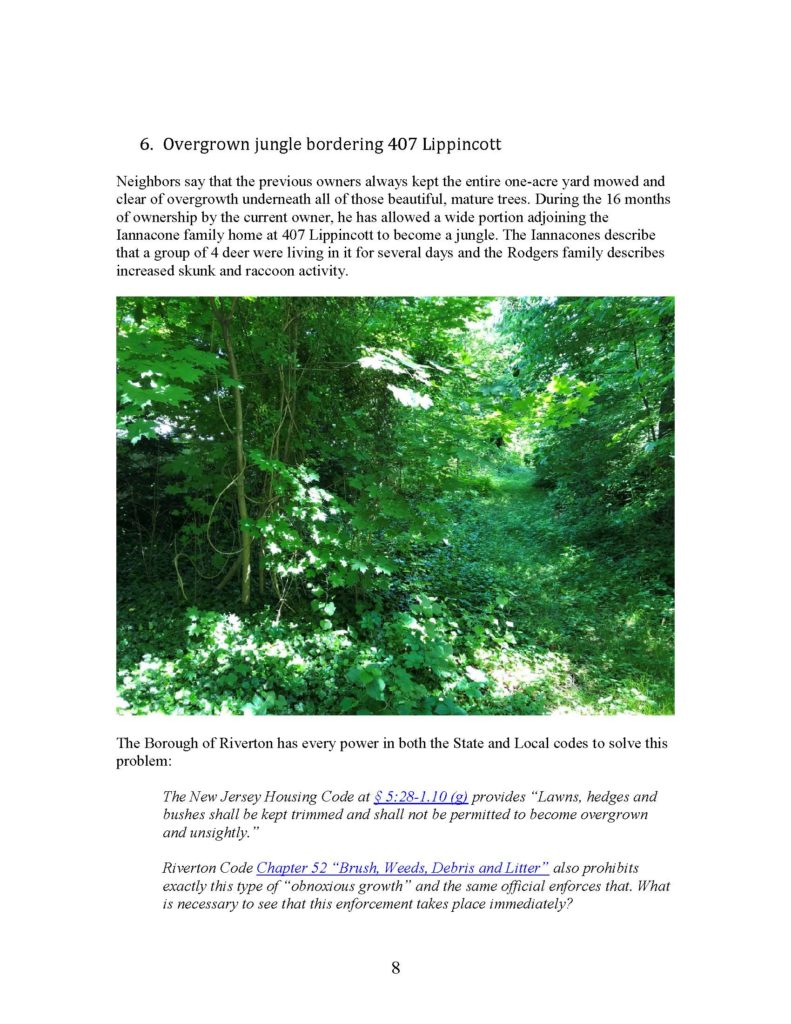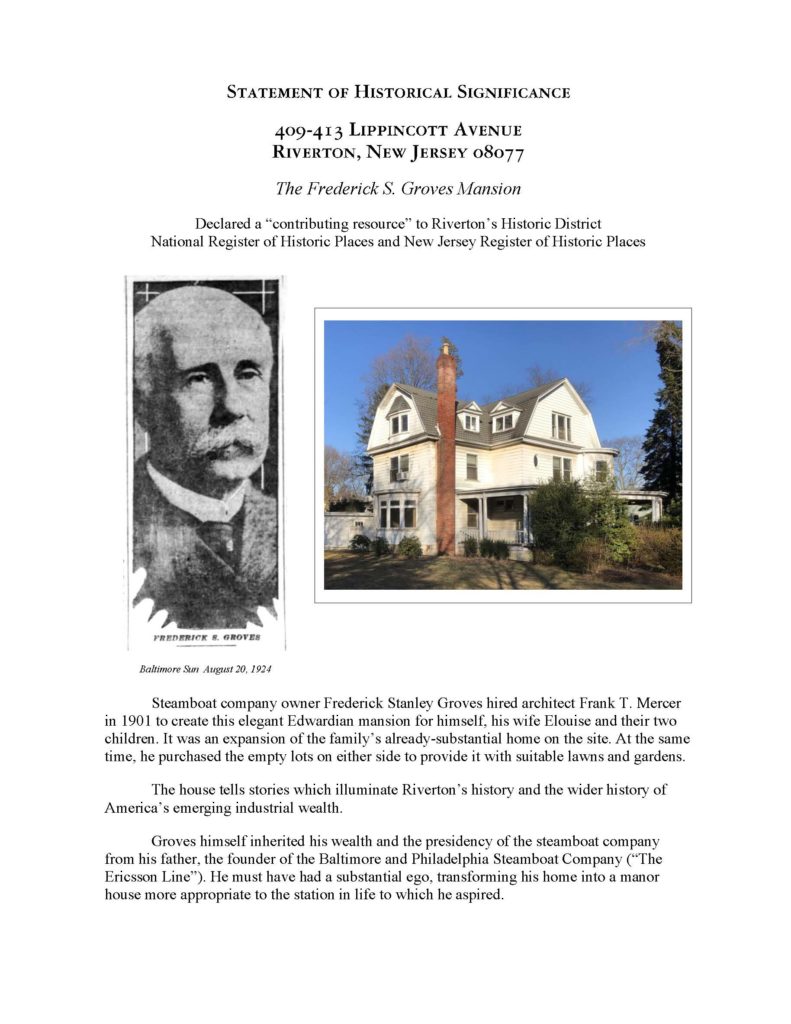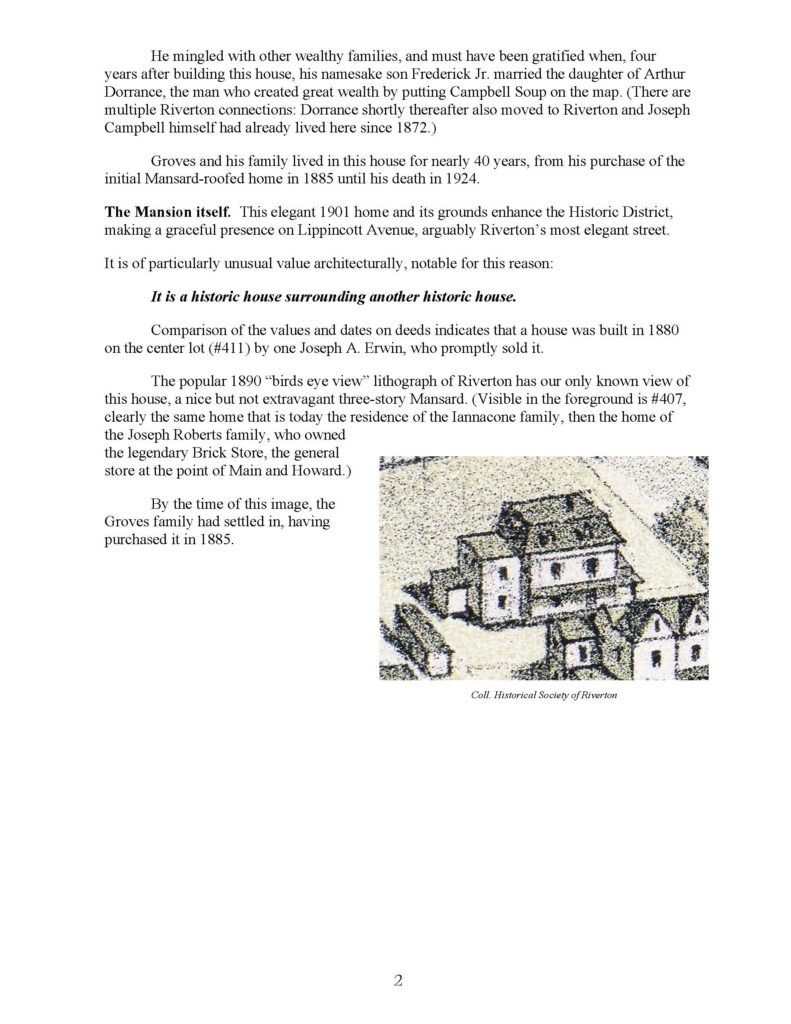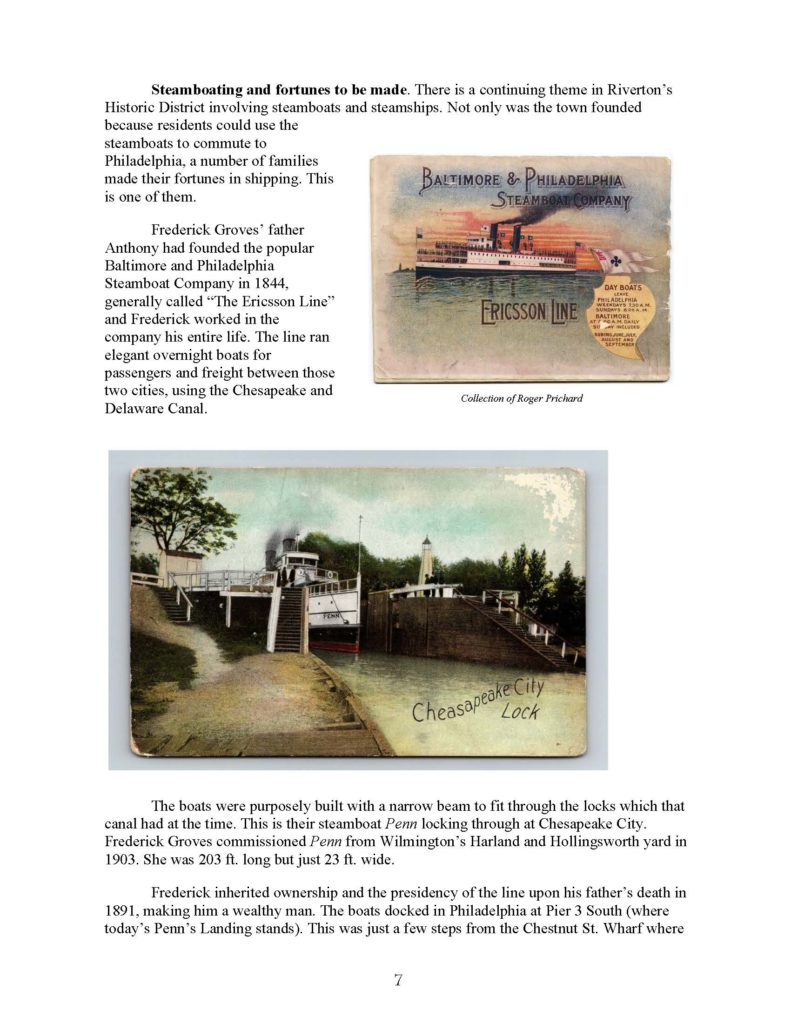 We’re not great recorders of the history of our own organization.
We’re not great recorders of the history of our own organization.
The Historical Society of Riverton came into existence on June 4th, 1970. We look pretty good for 52½ years.
I figured out some of our early history after sifting through back issues of newsletters (it’s on our About page). We owe a great debt to those members who started the effort to preserve Riverton’s history.
I knew the origin of our twelve-year-old Facebook account because it’s there every time I open it (Page created – December 12, 2010). We started a YouTube channel April 9, 2014.
Our website, rivertonhistory.com, just turned 12, too – Illuminating Riverton’s Past was the inaugural post of this website on Jan 20, 2011. This one will be #559.
It got me thinking about earlier milestones and anniversaries that we might note and the accomplishments of members who have made the HSR what it is today.
Throughout our organization’s history, the members who organized programs and activities, started the newsletter, originated the first website, and served as chairpersons, editors, website managers, and board members have been such a self-effacing lot that retracing who did what and when has not been easily determined.
I couldn’t find a list of past HSR presidents, so I looked thru back issues of the GN, which often did not mention officers. Had to infer some of the dates. Here’s a start.
Historical Society of Riverton Presidents
-
- Betty Lockhart – 1970, 1971
- Lenore Probsting – 1972, 1973
- Marilyn Colozzi – 1974, 1975, 1976, 1977
- Betty Hahle – 1977, 1978, 1979, 1980, 1981, 1982
- Louise Vaughn – 1983, 1984, 1985
- Ed Gilmore – 1985, 1986, 1987
- Betty Hahle – 1988, 1989, 1990, 1991
- Dan Campbell – 1991, 1992, 1993, 1994, 1995, 1996, 1997, 1998, 1999, 2000, 2001, 2002, 2003
- Bob Bednarek – 2004, 2005, 2006, 2007
- Priscilla Taylor – 2007, 2008, 2009
- Gerald Weaber – 2009, 2010, 2011, 2012, 2013
- Phyllis Rodgers – 2013, 2014, 2015, 2016, 2017
- Bill Brown – 2017, 2018, 2019, 2020, 2021, 2022, 2023
Historical Society of Riverton Editors
Same deal – I couldn’t find a list of past HSR editors, so I looked thru back issues of the Gaslight News. A comparison of the two lists shows that sometimes the president also served as the editor.
-
- Marilyn Colozzi – 1974, 1975, 1976, 1977 (Although the HSR started in 1970, Marilyn Colozzi started the newsletter.)
- Betty Hahle – March 1978, 1979, 1980, 1981, 1982, 1983, 1984, 1985, 1986, 1987, 1988, 1989, 1990, 1991, May 1992
- Paul W. Schopp – Sept 1993, 1994, 1995, April 1996
- Dan Campbell – Sept 1996, 1997, 1998, 1999, 2000, 2001, 2002, May 2003
- Gerald Weaber – Sept 2003, 2004, 2005, 2006, Sept 2007
- John McCormick – Nov 2007, 2008, 2009, 2010, 2011, 2012, 2013, 2014, 2015, 2016, 2017, 2018, 2019, 2020, 2021, 2022, June 2023
Standing on the shoulders of these giants sure makes this job easier.
Imagine the loss if everything here disappeared.
Please help keep us going. Your support provides the means to maintain our archives and properties, fund program expenses, and manage a website consistent with our mission to preserve and promote Riverton’s history. -JMc
rev. 4/24/2023 -JMc
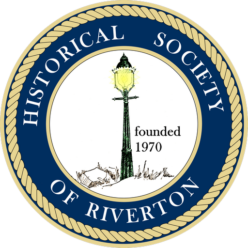



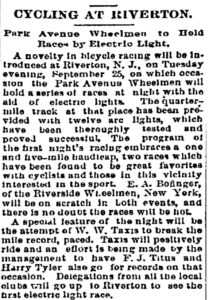
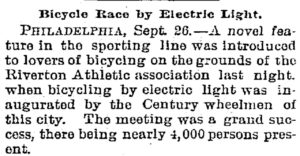
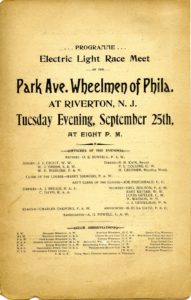
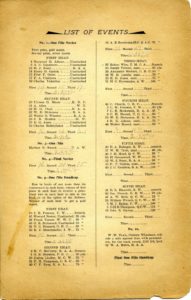
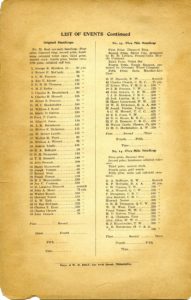


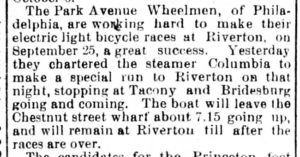
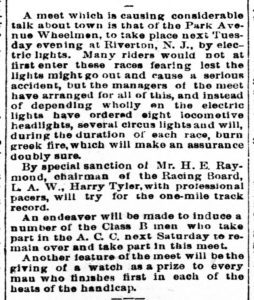
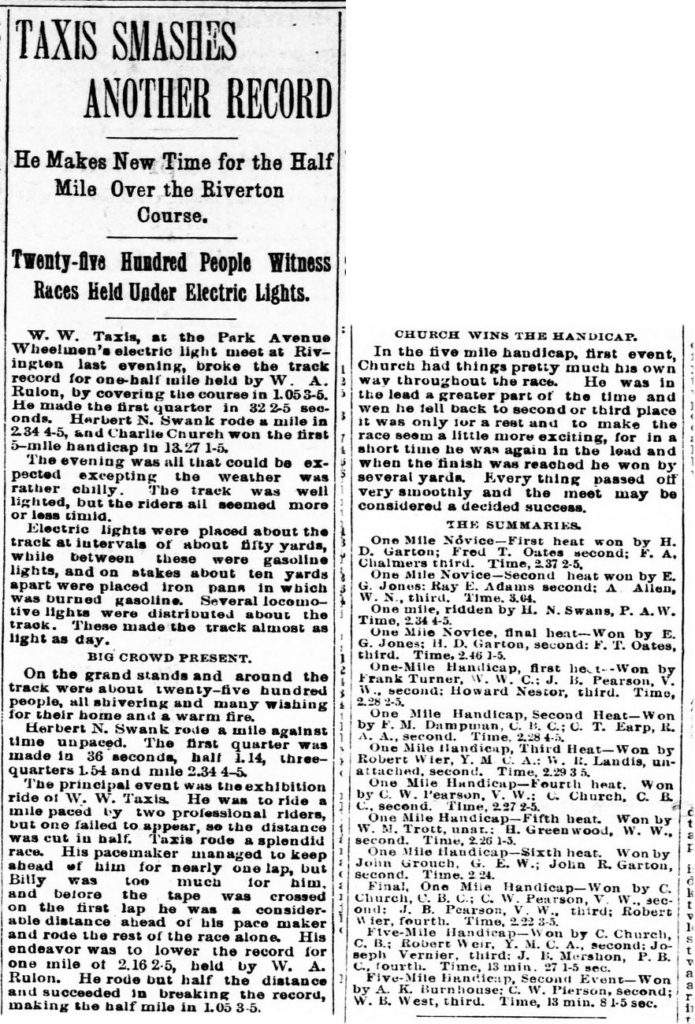

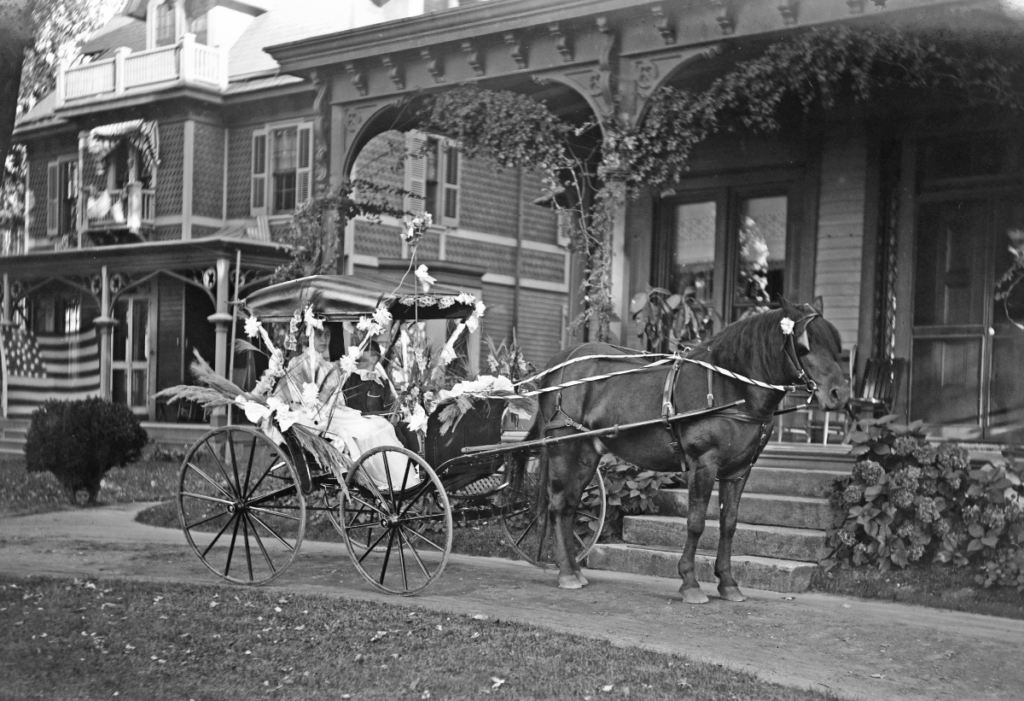
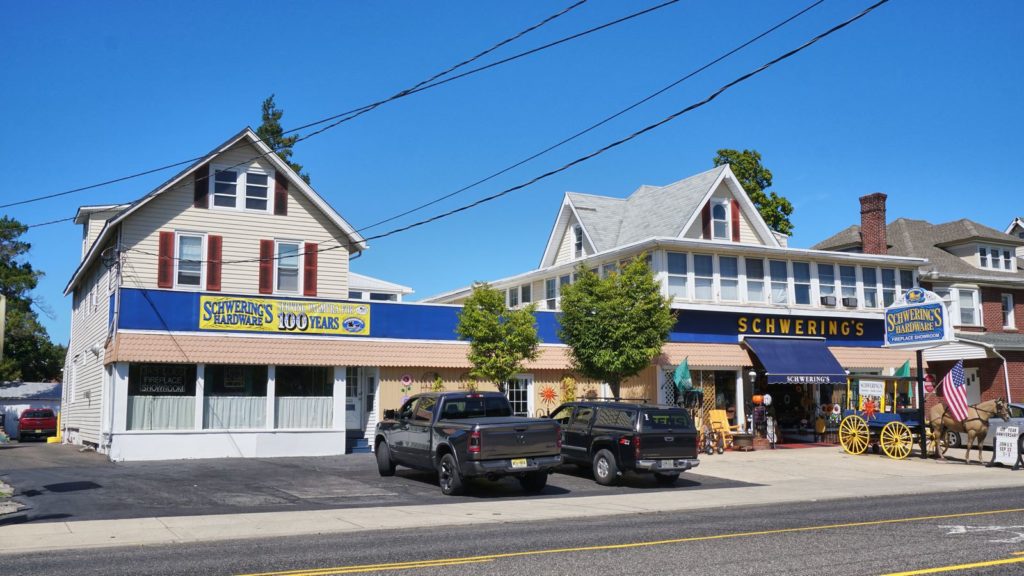
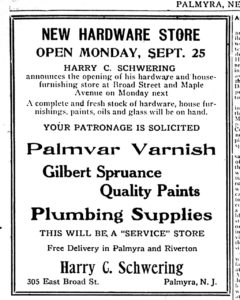
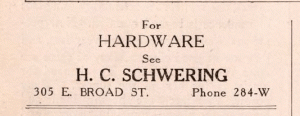
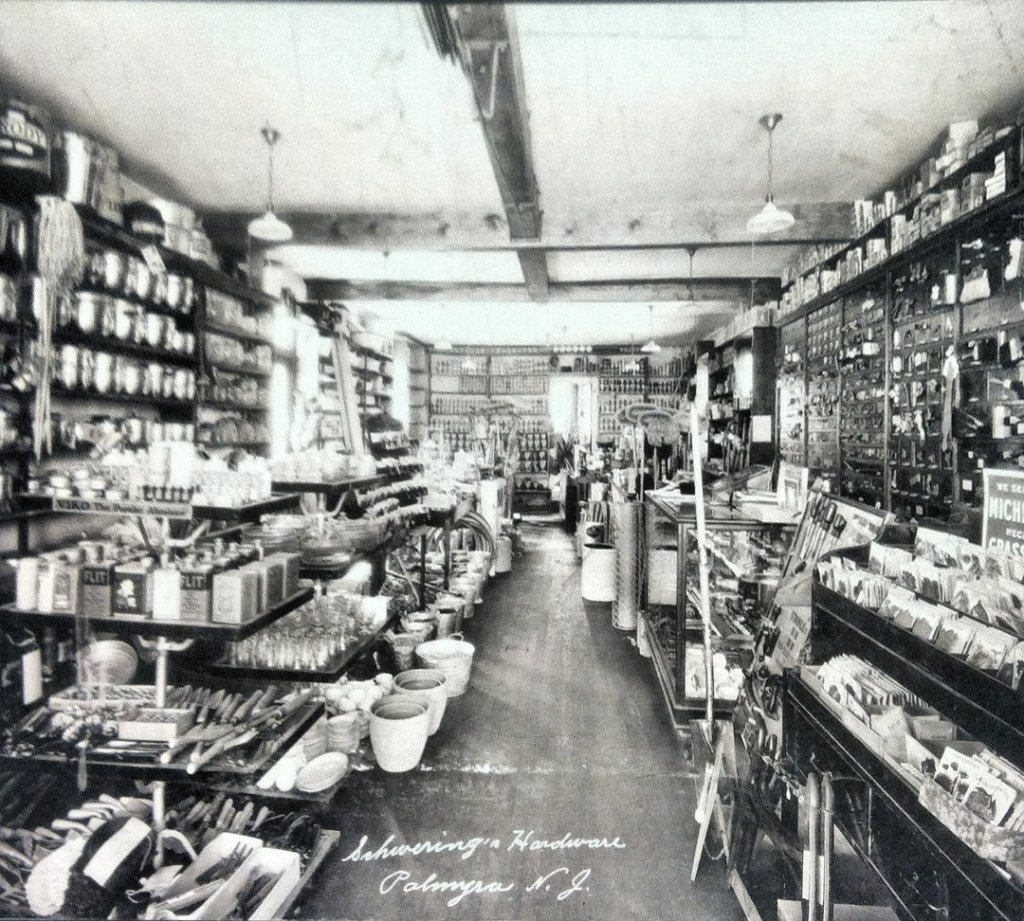
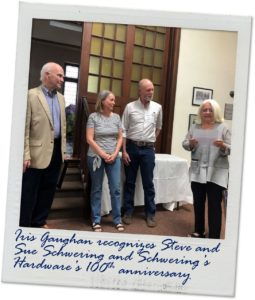
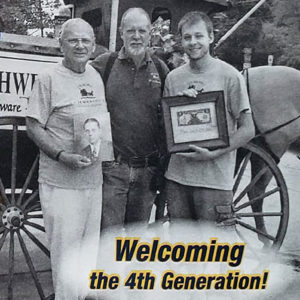
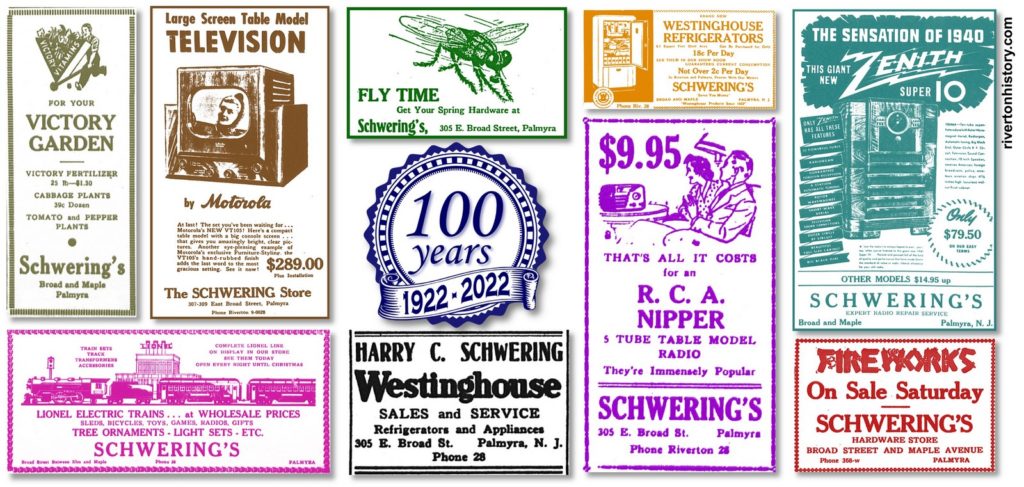
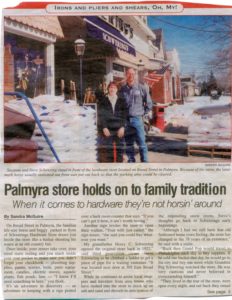
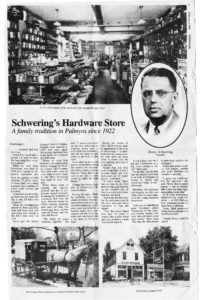
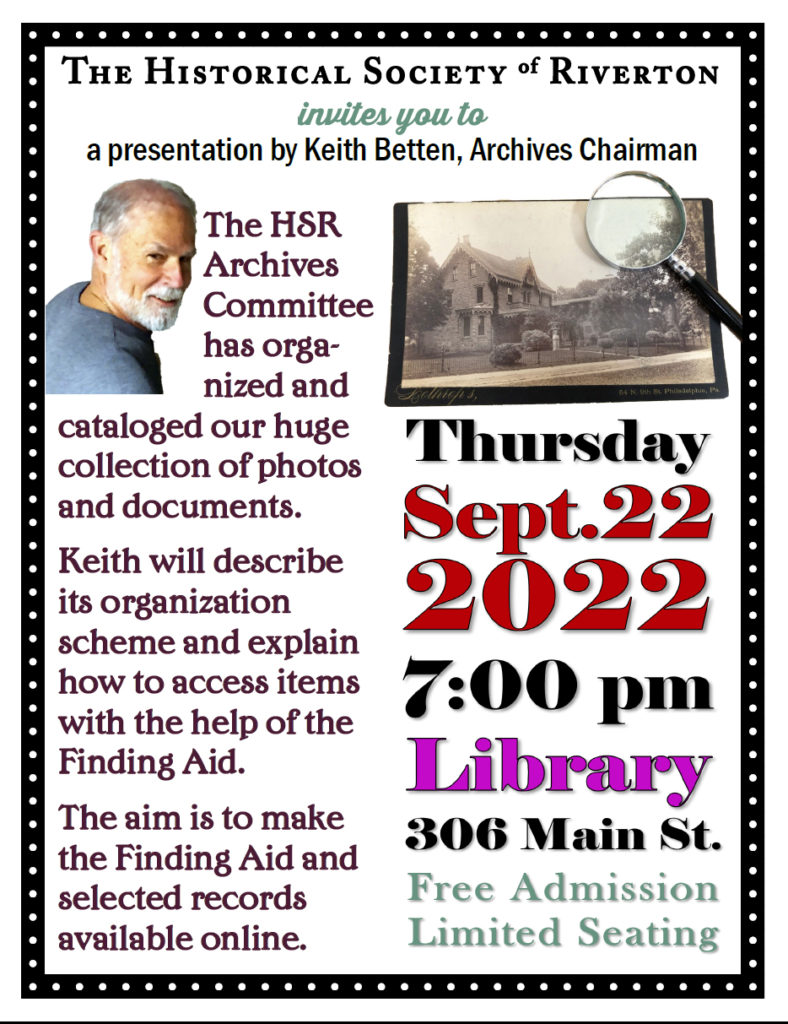
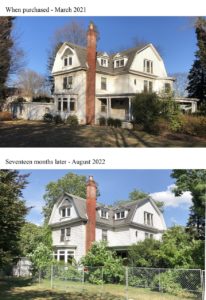
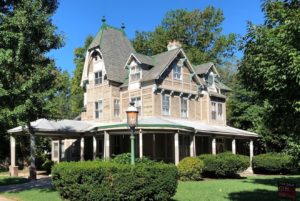
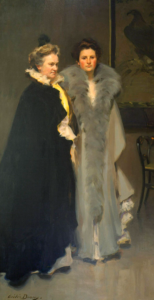

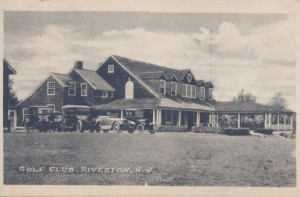
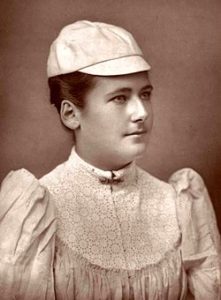
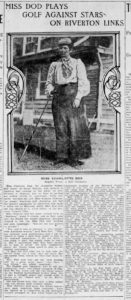
 In 2020, the Newbury Town Council dedicated a
In 2020, the Newbury Town Council dedicated a 